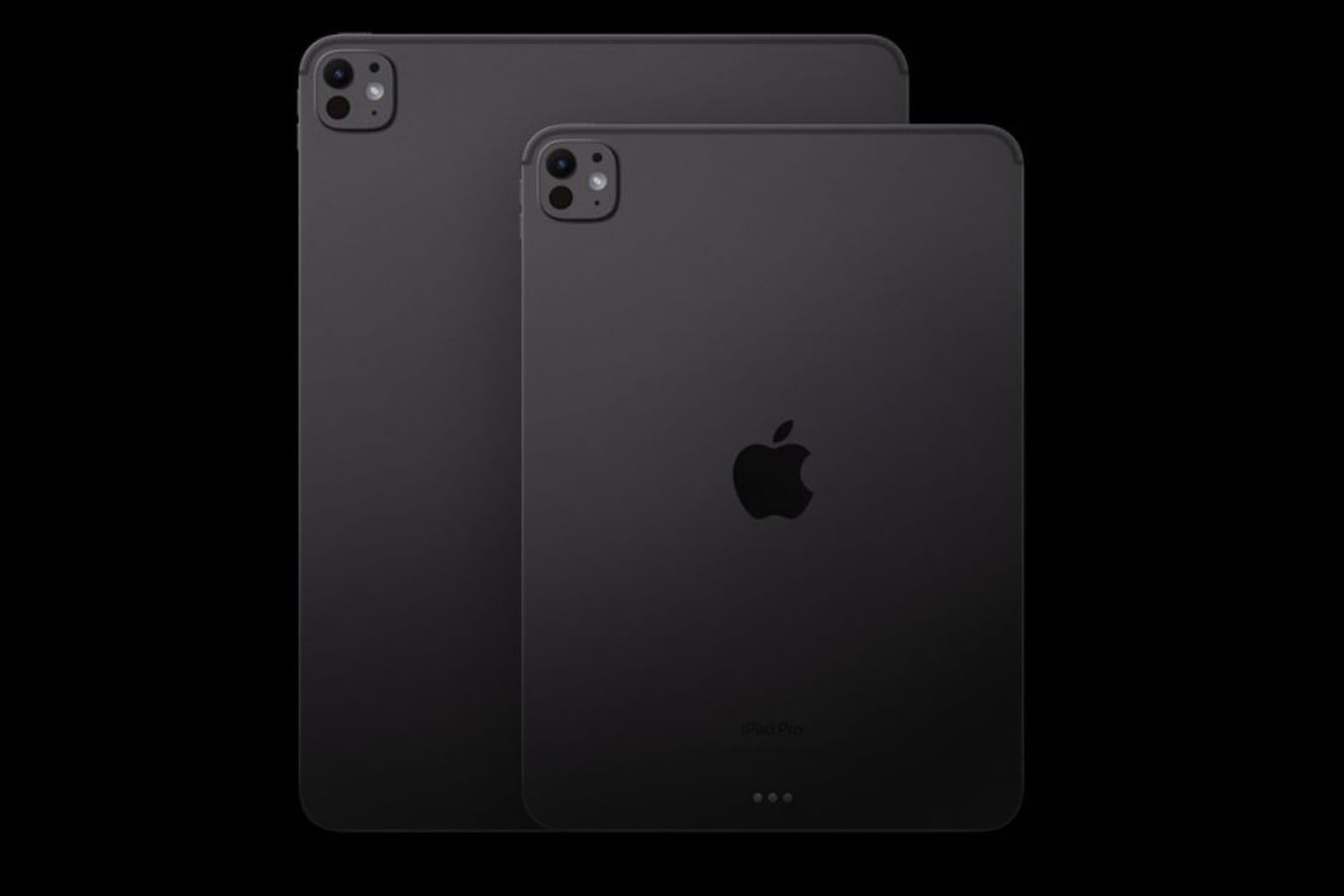The team led by Hong Chen developed AhSonogenetics, which uses a wearable ultrasound device to target selected neurons. AhSonogenetics combines many of Chen’s innovations, including the original Sonogenetics and the advanced Airy beam dual acoustic metasurface. This allows researchers to precisely target sound waves to different parts of the brain.
The technology offers significant advantages: precise targeting of small areas, flexibility in targeting and simultaneous stimulation of multiple areas.
In a proof-of-concept study published in the Proceedings of the National Academy of Sciences, the team successfully used AhSonogenetics in a mouse model of Parkinson’s disease, mitigating motor deficits by stimulating two brain regions simultaneously. This noninvasive technique holds promise for studying neural circuits and treating neurodegenerative diseases.
News materials cannot be equated with a doctor’s prescription. Consult an expert before making a decision.
Source: Ferra
I am a professional journalist and content creator with extensive experience writing for news websites. I currently work as an author at Gadget Onus, where I specialize in covering hot news topics. My written pieces have been published on some of the biggest media outlets around the world, including The Guardian and BBC News.










